Charles Barry House Of Parliament Plans The architects Charles Barry and Augustus Pugin The 1835 competition to redesign the Palace was won by the Westminster born architect Charles Barry By then the 40 year old Barry was already quite a famous architect having built several churches and won competitions for his work However Barry s own architectural style was more classical
The foundation stone for the Palace was laid on April 27 1840 by Sarah Barry Charles Barry s wife From that moment 775 000 cubic feet of stone were shipped in and assembled into a palace Sir Charles Barry born May 23 1795 London Eng died May 12 1860 London one of the architects of the Gothic Revival in England and chief architect of the British Houses of Parliament The son of a stationer Barry was articled to a firm of surveyors and architects until 1817 when he set out on a three year tour of France Greece Italy Egypt Turkey and Palestine to study architecture
Charles Barry House Of Parliament Plans
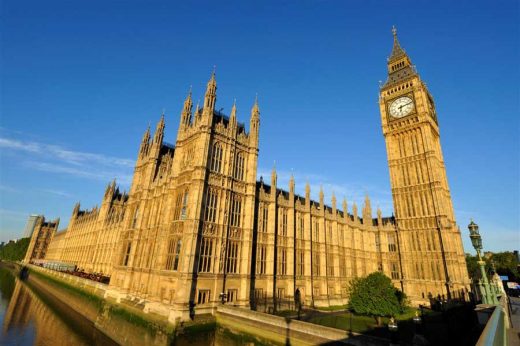
Charles Barry House Of Parliament Plans
https://www.e-architect.com/wp-content/uploads/2009/06/houses-parliament-london-charles-barry-nw-520x346.jpg

New Parliament Inauguration Row Highlights 25 Parties To Attend Event
https://www.hindustantimes.com/ht-img/img/2023/05/25/1600x900/new_parliament_inauguration_row_1685008260256_1685008260393.jpg
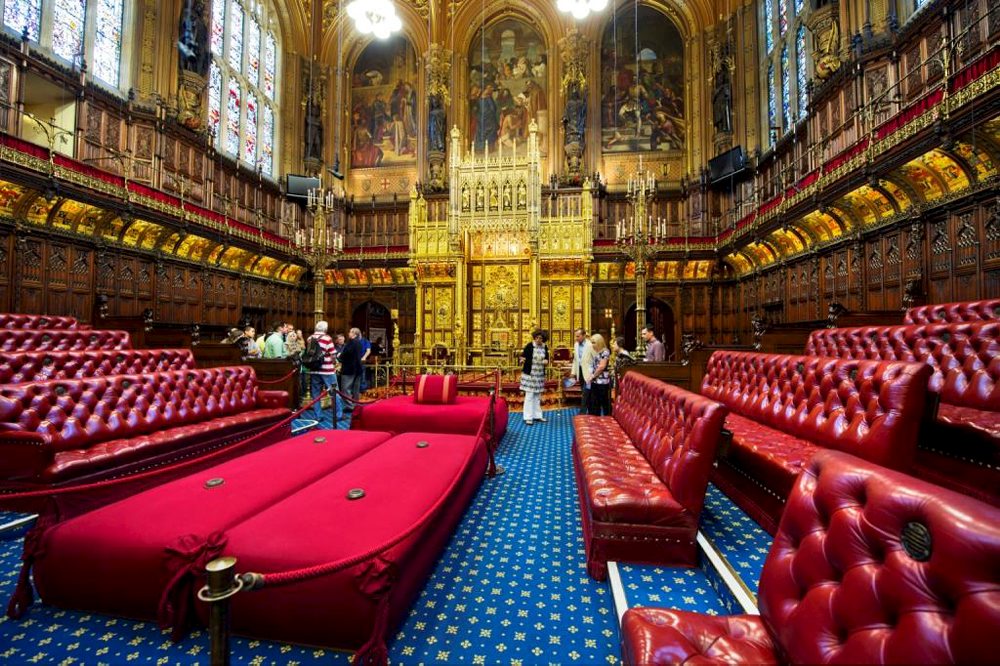
House Of Lords Palace Of Westminster
https://insideinside.org/wp-content/uploads/2017/03/Parliament-House-of-Lords-1.jpg
The Houses of Parliament in London built during the Victorian era showcase Gothic Revival architecture Designed by Charles Barry and Augustus Pugin the building reflects a longing for historical styles and artisan craftsmanship The structure combines modern innovations with a Gothic exterior symbolizing Victorian values and a desire to Creator Name Barry Sir Charles 1795 1860 Administrative or Biographical History Sir Charles Barry was the most famous and successful architect of the early Victorian period and winner of the competition to build the new Houses of Parliament in 1836 Acquisition BAR 1 BAR 20 were bought at a Manuscript sale at Phillips Son and Neale
A new Gothic vision The new Palace of Westminster was custom built by the Victorian architect Charles Barry for Parliamentary use The design and layout of the building were thus carefully designed to serve the needs and workings of Parliament In particular Barry placed the location of the Sovereign s throne the Lords Chamber and the The United Kingdom needed a new Parliament building so in 1835 a Royal Commission was appointed The Commission agreed on a design that retained the architecture of the surviving parts of the medieval buildings including Westminster Hall and Westminster Abbey nearby In June 1835 they organised a public competition to design a new Palace in
More picture related to Charles Barry House Of Parliament Plans

AD Classics Palace Of Westminster Charles Barry Augustus Pugin
https://i.pinimg.com/originals/cd/d0/1a/cdd01a813b698b4a55df95f5998dd816.jpg

Pin Page
https://i.pinimg.com/originals/43/3e/58/433e58eea9a7599c757c1e6e22ba08eb.jpg

Sir Charles Barry 1795 1860 Architect Of The New Palace Of
https://d3d00swyhr67nd.cloudfront.net/w1200h1200/collection/POW/POW/POW_POW_WOA_S9-001.jpg
Papers of Sir Charles Barry 1795 1860 Architect There are architectural drawings and plans of the Palace of Westminster photographic copies of his designs for the House of Lords Throne letters from and to Barry including some from Pugin and various other documents including his family tree his eldest son s diary and papers Charles Barry and A W N Pugin Palace of Westminster Houses of Parliament Robert Smirke The British Museum Assyrian Lamassus in Victorian Britain Cashmere shawls Pre Raphaelites and mid Victorian art Browse this content A beginner s guide The Pre Raphaelites an introduction The Aesthetic Movement John Everett Millais Christ in
Charles Barry exclaimed as he watched the old Palace of Westminster burning down in 1834 When he then went on to win the competition to design the new Houses of Parliament he thought it was the chance of a lifetime Barry published his own plans of the Palace for the public in a bestselling volume and when things got tough and he was St Paul s Church Islington Amongst the early structures of Barry s London career St Paul s Church in Islington was built from 1826 to 1828 based on Charles Barry s design The church was done in a Gothic Revival style which would come to define a lot of his work in the city St John s Church and Trinity Church in Islington are

Charles Barry And A W N Pugin Palace Of Westminster Houses Of
https://i.ytimg.com/vi/7oBUIo5R5qg/maxresdefault.jpg

Sir Charles Barry On AboutBritain
http://www.aboutbritain.com/images/articles/big/sir-charles-barry-houses-of-parliament-69729736.jpg
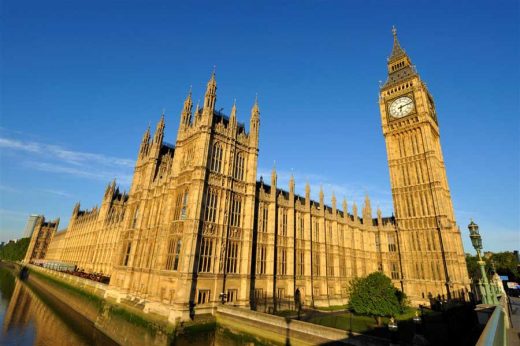
https://www.parliament.uk/about/living-heritage/building/palace/architecture/palacestructure/the-architects/
The architects Charles Barry and Augustus Pugin The 1835 competition to redesign the Palace was won by the Westminster born architect Charles Barry By then the 40 year old Barry was already quite a famous architect having built several churches and won competitions for his work However Barry s own architectural style was more classical

https://www.archdaily.com/789671/ad-classics-palace-of-westminster-houses-of-parliament-london-uk-charles-barry-and-augustus-pugin
The foundation stone for the Palace was laid on April 27 1840 by Sarah Barry Charles Barry s wife From that moment 775 000 cubic feet of stone were shipped in and assembled into a palace
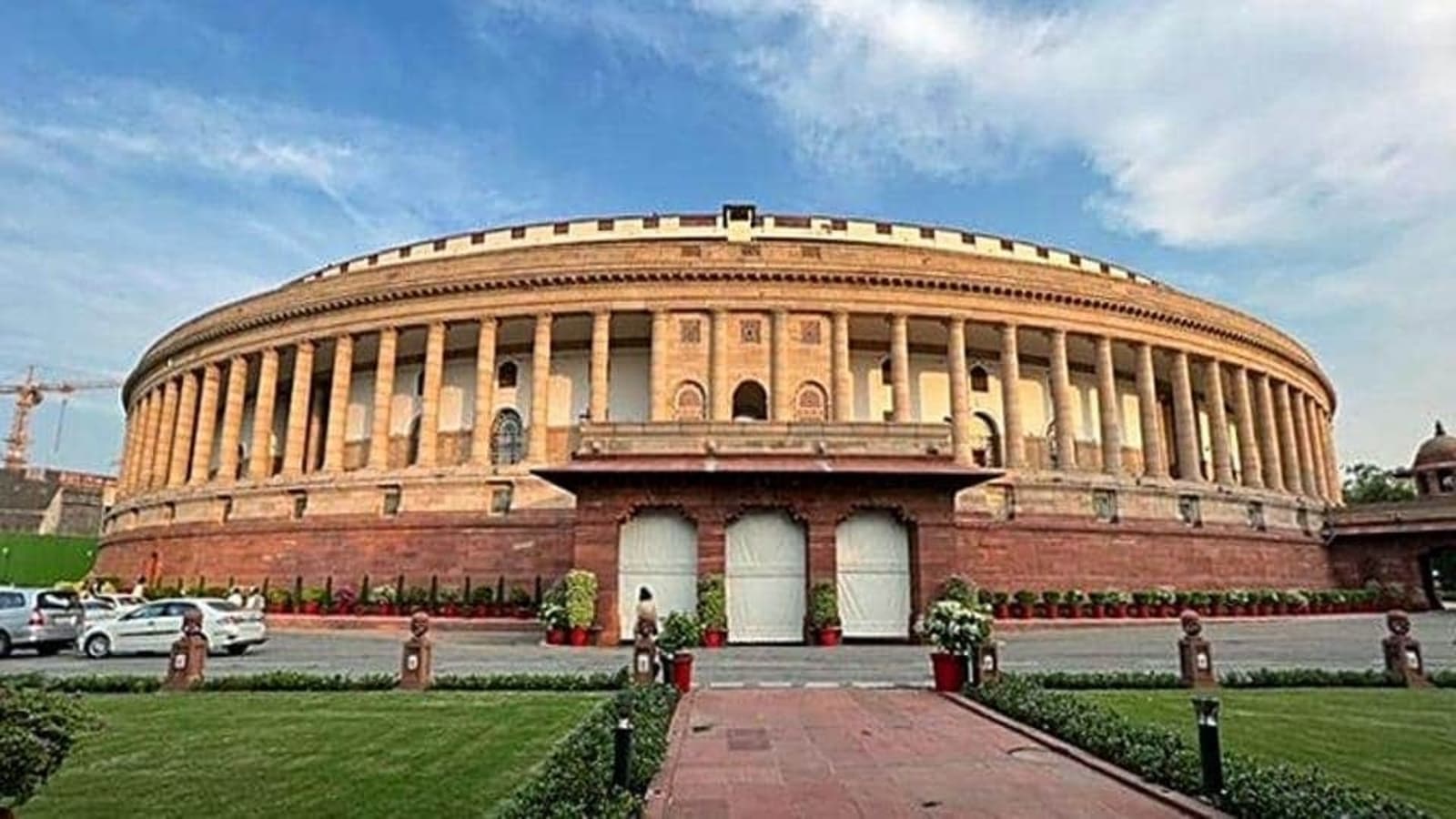
Parliament Session Highlights Lok Sabha Rajya Sabha Adjourned Till

Charles Barry And A W N Pugin Palace Of Westminster Houses Of
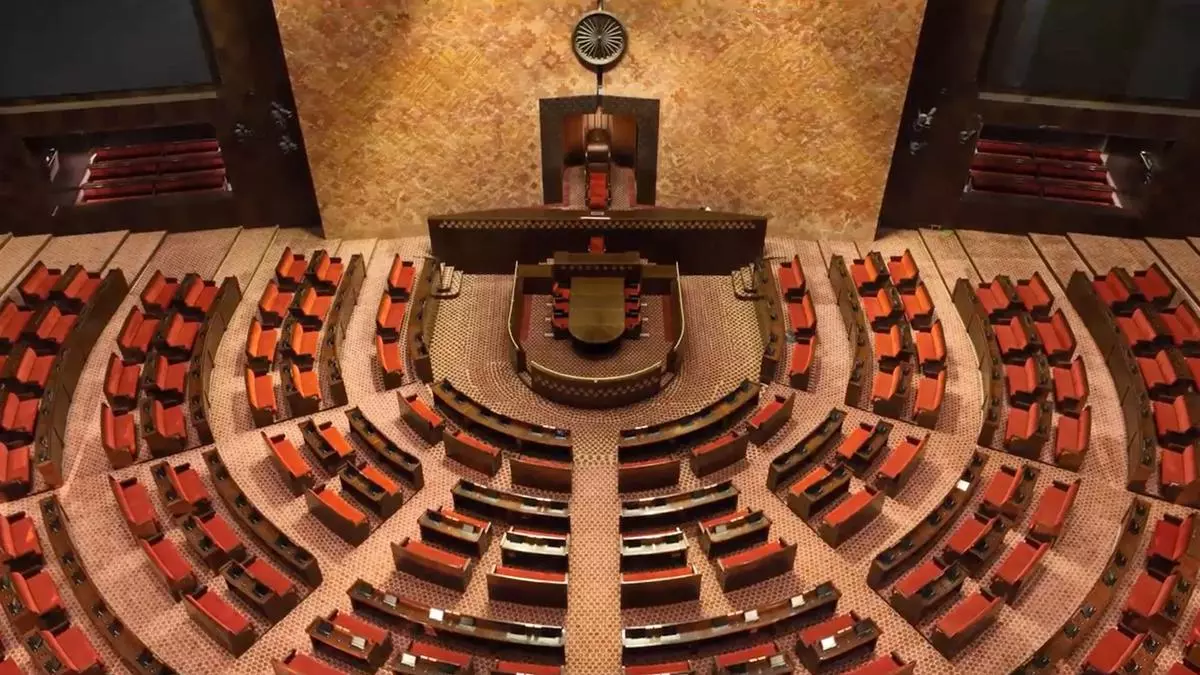
New Parliament Building Here s A Timeline Costs Incurred And More

Galeria De Cl ssicos Da Arquitetura Pal cio De Westminster Charles

Charles Barry s Houses Of Parliament The History Guide

New Parliament Inauguration LIVE Sengol Handed Over To PM Modi By

New Parliament Inauguration LIVE Sengol Handed Over To PM Modi By

Parliament Privileges In India
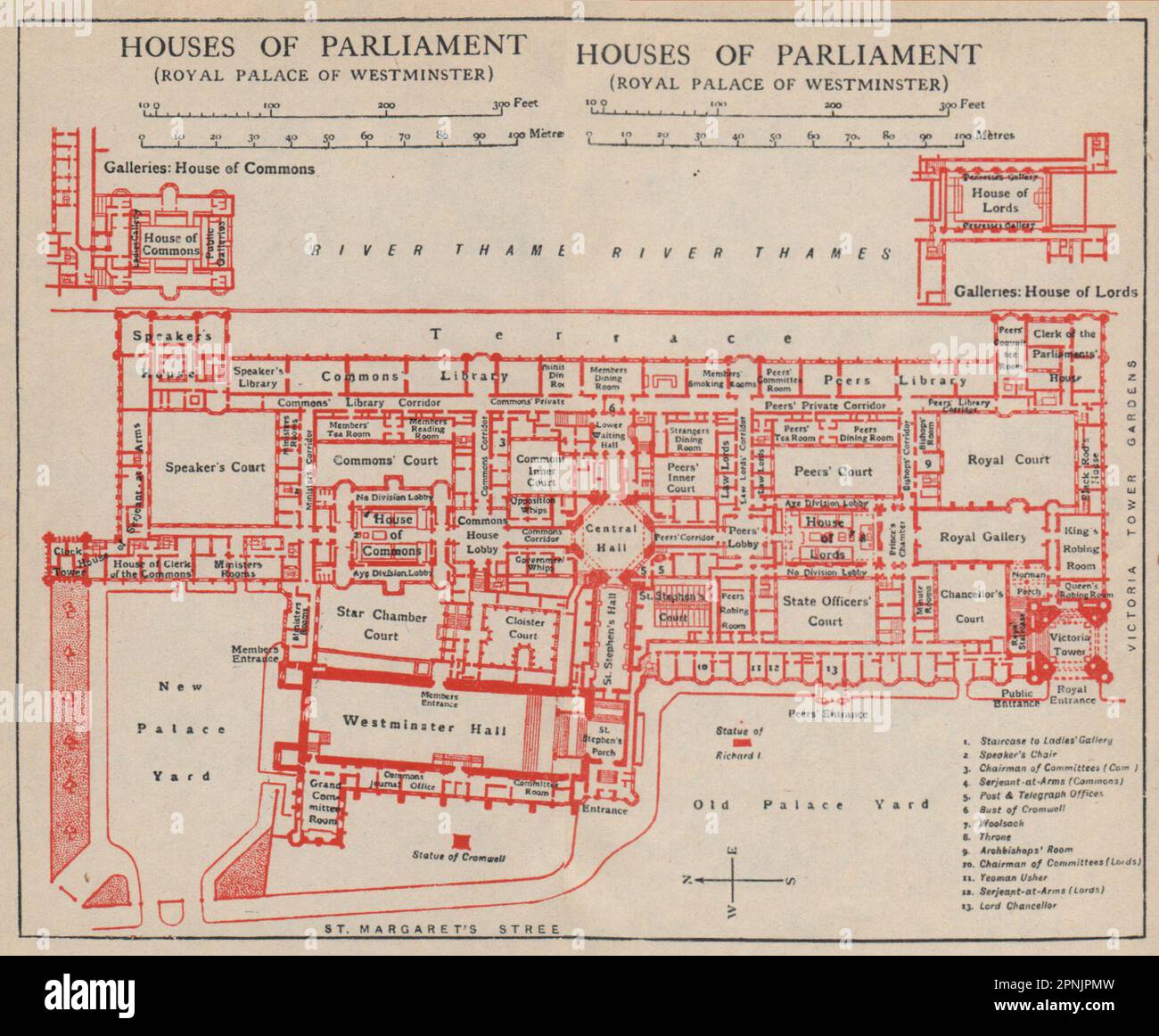
HOUSES OF PARLIAMENT PALACE OF WESTMINSTER Vintage Floor Plan London

Palace Of Westminster Houses Of Parliament London England Charles
Charles Barry House Of Parliament Plans - Sir Charles Barry was a renowned British architect whose most significant contribution to British heritage was his role in the rebuilding of the Palace of Westminster also known as the Houses of Parliament in London during the mid 19th century The rebuilding project was necessitated by a devastating fire that destroyed the old Houses of